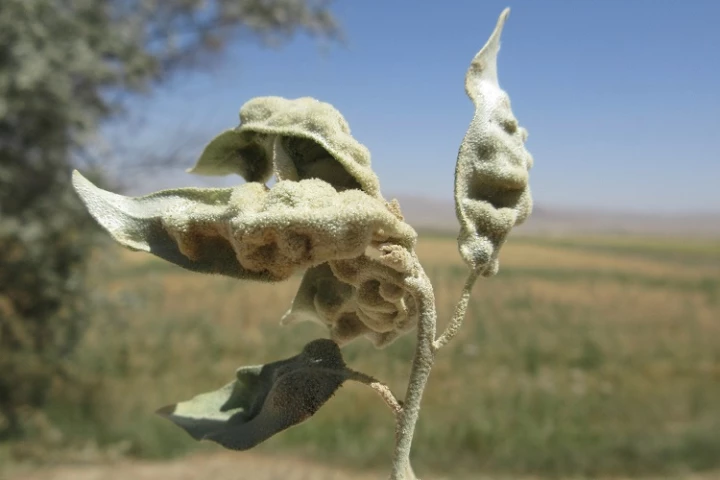University of Wyoming
-
Tardigrades are famously tough little critters, and good for them – but what’s in it for us? A new study has found that tardigrade proteins can protect human cells from damage, potentially leading to new anti-aging therapies or tissue storage tech.
-
It almost sounds like a fairytale: a tiny ant dramatically impacting a giant lion. But thanks to a study that reveals just how interconnected all life forms really are, researchers have just figured out that it happened on the savannas of Africa.
-
They can live in extreme cold and heat, at pressures six times that of the deepest ocean trenches, and in the vacuum of space. One mechanism that makes the tardigrade so resilient has now been tapped to help crucial medicines travel further, easier.
-
It can be challenging, trying to selectively kill off an invasive plant that grows in amongst non-target native species. A new initiative is aiming to do just that, however, by introducing a weed-eating mite into the Canadian environment.
-
So-called "camera traps" – motion-activated cameras that automatically take photos of passing wildlife – are a great way of determining the type and number of animals present in a given area. Now, they could prove even more useful, thanks to a new artificial intelligence (AI) system.
-
Animals adapt to survive and researchers from France and the US are developing robots that can keep working even after receiving major damage.
-
A study on spider web glue has given us the insights needed to produce stronger bioadhesives to replace petroleum-based products.






